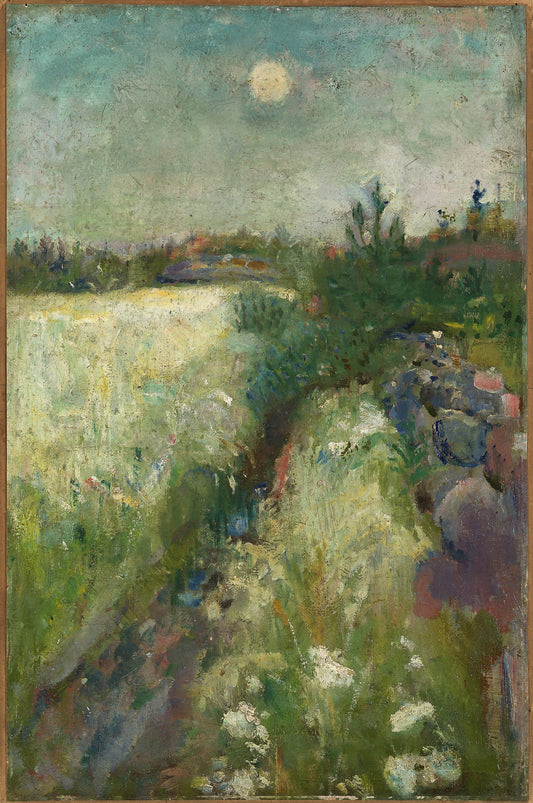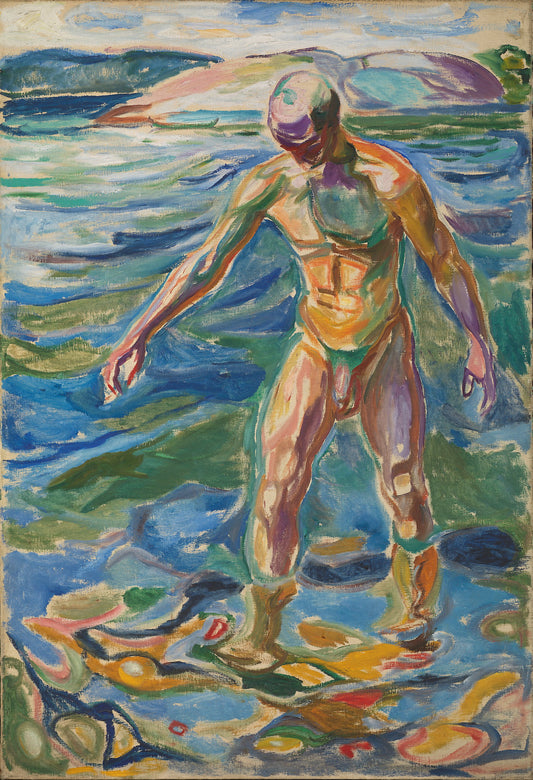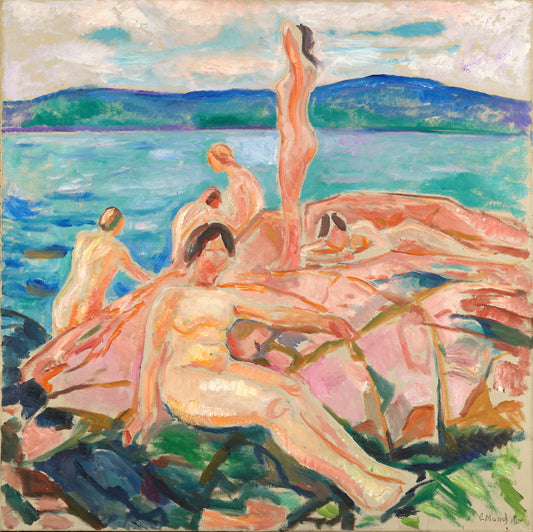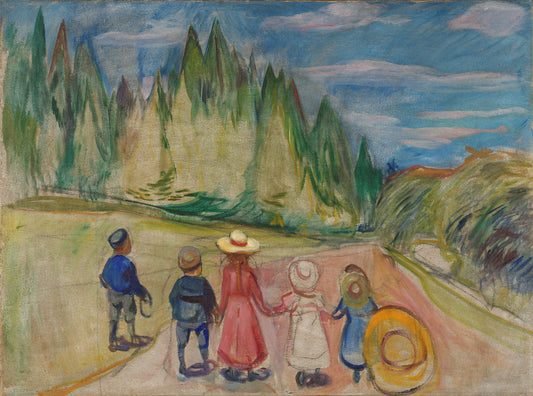Edvard Munch
Flower meadow at Veierland
Flower meadow at Veierland
Couldn't load pickup availability
About the original:
Date: 1888
Other titles: The Artist's Home, Undesløs, at Toten (ENG)
Designation: Painting
Material and technique: Oil on canvas
Technique: Oil
Material: Canvas
Dimensions: 37.2 x 45 cm
Subject: Visual arts
Classification: 532 - Visual arts
Motif: Building
Motif type: Figure study
Acquisition: Purchased 1920
Inventory no.: NG.M.01235
Part of exhibition: Art 3. Works from the collection 1814-1950, 2007 - 2011
Women in the arts, 2012
Registration level: Single object
Owner and collection: The National Museum of Art, Architecture and Design, Visual Art Collections
Photo: Høstland, Børre
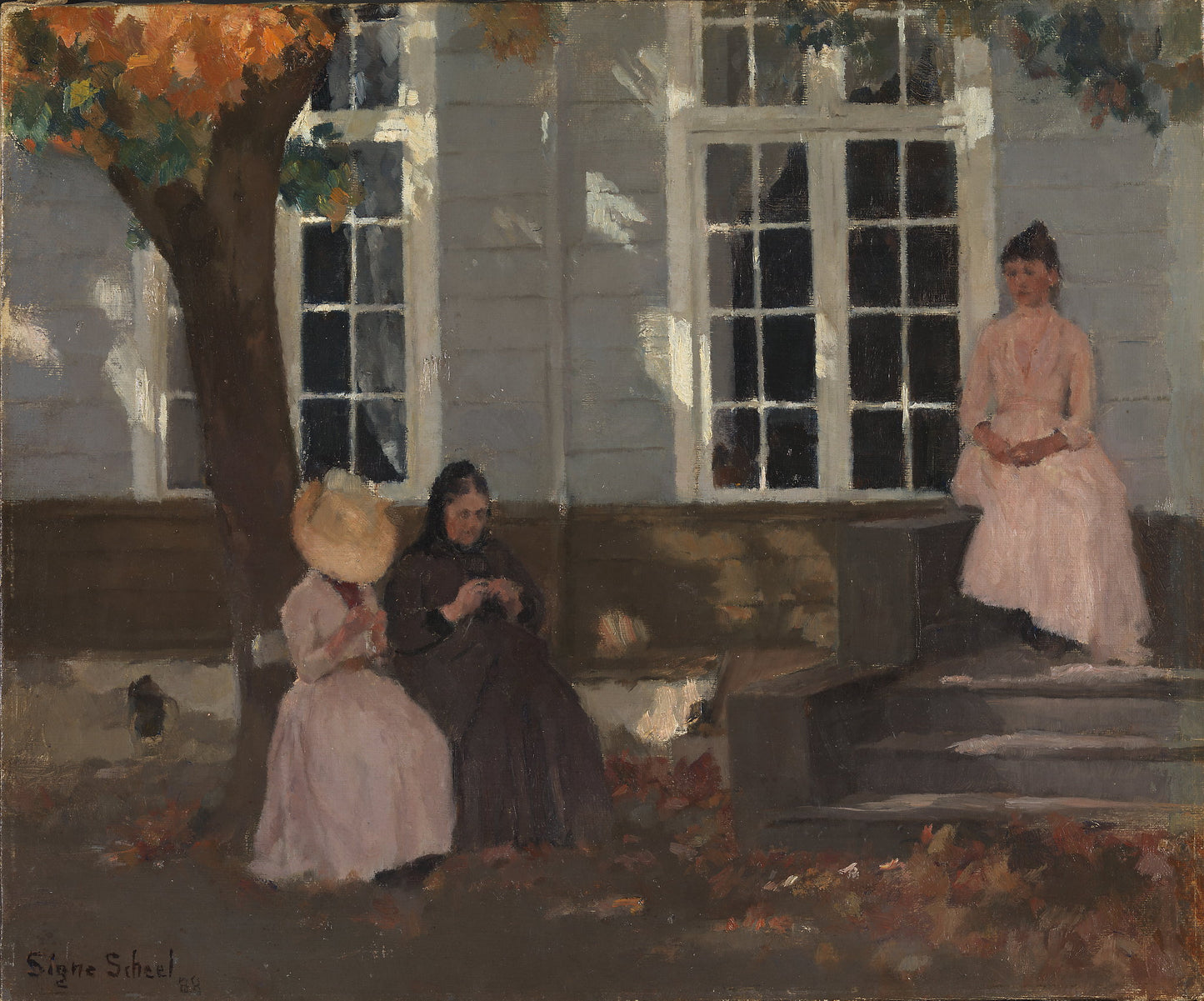
See all works
-
Flower meadow from Veideland
Vendor:Edvard MunchRegular price From 300,00 NOKRegular priceUnit price per -
Bathing man
Vendor:Edvard MunchRegular price From 300,00 NOKRegular priceUnit price per -
High summer
Vendor:Edvard MunchRegular price From 300,00 NOKRegular priceUnit price per -
The fairy forest
Vendor:Edvard MunchRegular price From 300,00 NOKRegular priceUnit price per
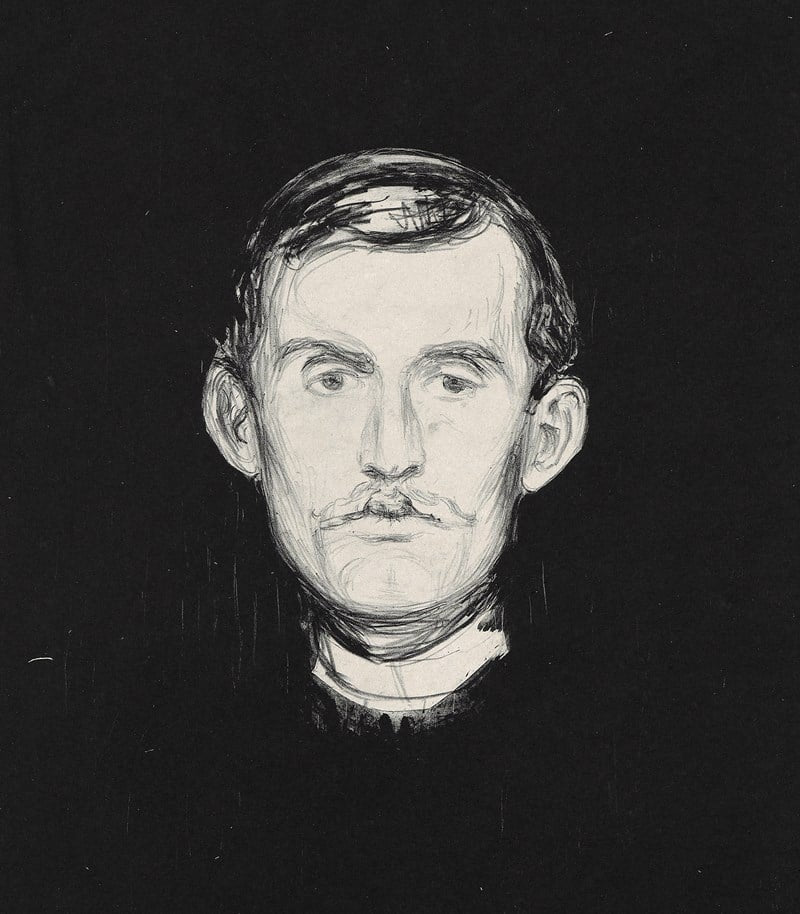
Edvard Munch
Edvard Munch worked as an artist for over sixty years. He was creative, ambitious and hardworking. He made close to two thousand paintings, hundreds of graphic motifs and thousands of drawings. In addition, he wrote poems, prose and diaries. Scream, Madonna, Death in the sick room and the other symbolist images from the 1890s have made him one of the most famous artists of our time.
"Don't become an artist!" Edvard wanted to become an artist early on, and there was no doubt that he had talent. But his father refused to allow him to follow his dream, and Edvard therefore began studying to become an engineer. But after just one year, he chose to defy his father, and changed the engineering school to the Royal School of Design in Kristiania. Talented and provocative bohemian It was obvious to everyone in the Norwegian art community that the young man was a rare talent. In 1883, aged 20, he made his debut at the Autumn Exhibition. In 1886, Munch became acquainted with the writer and anarchist Hans Jæger, the leader of Kristiania-bohemen. The bohemian milieu convinced Munch that art had to renew itself in order to reach people, and to mean something in their lives. In the same year, he exhibited the painting The Sick Child. It created debate! Courage led to a breakthrough. Some said that The Sick Child was brilliant, while others thought it was unfinished and that it had nothing to do at an exhibition. Today this is considered Munch's breakthrough. Here he showed independence and a willingness to take new paths.
With one key word, we can say that his artistry from here until his last brush stroke is characterized by experimentation. Munch did not care about established "rules" for so-called good art. His techniques in both painting and graphics were innovative. From man's emotional life, to agriculture and landscape Henrik Ibsen's dramas about man's existential challenges inspired Munch. Themes such as death, love, sexuality, jealousy and anxiety were central to his early pictures. Some themes sprung from personal experiences. For example, Death in a hospital room and The sick child can be linked to his recollection of his mother's and sister's illness and early death. After 1910, Munch chose a quieter and more withdrawn life. With his own farm both at Ekely and in Hvitsten, he found completely new motifs, such as agriculture, working life and landscape. The man in the cabbage field is a typical example from this time.


